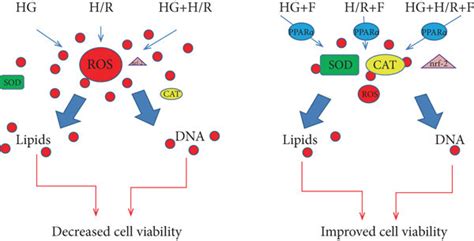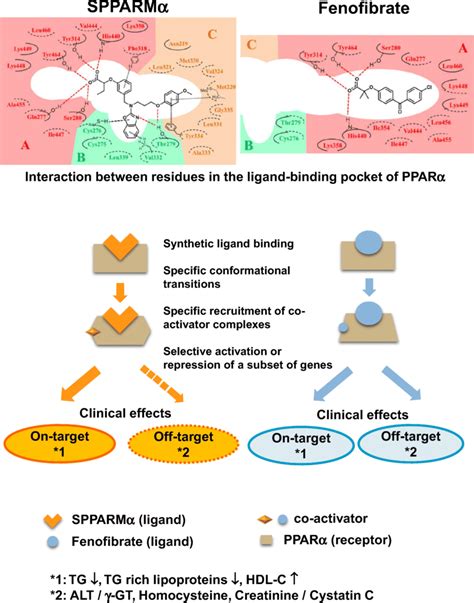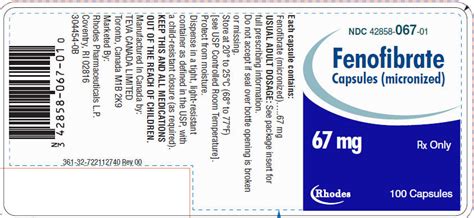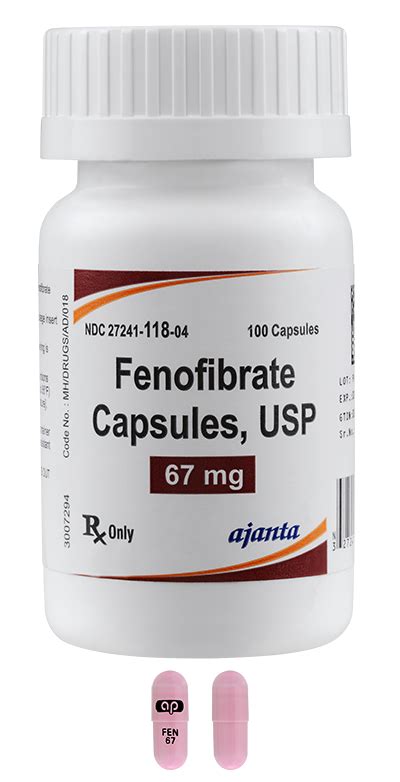Intro
Fenofibrate uses include lowering cholesterol and triglycerides, managing hyperlipidemia, and reducing cardiovascular risk, with benefits for lipid profiles and heart health.
Fenofibrate is a medication that has been widely used for several decades to manage various health conditions, particularly those related to the heart and blood vessels. The importance of fenofibrate lies in its ability to improve lipid profiles, reduce inflammation, and prevent cardiovascular events. Understanding the uses of fenofibrate is crucial for both healthcare professionals and patients who are considering this medication as part of their treatment plan. In this article, we will delve into the world of fenofibrate, exploring its mechanisms, benefits, and potential side effects, as well as discussing the conditions it is used to treat.
The management of high cholesterol and triglyceride levels is a significant aspect of preventing cardiovascular diseases. Fenofibrate, a fibric acid derivative, plays a vital role in this management by acting on the liver to increase the breakdown and removal of triglycerides from the bloodstream. Additionally, it helps in raising high-density lipoprotein (HDL) cholesterol, the "good" cholesterol, which is beneficial for heart health. The dual action of fenofibrate makes it an attractive option for patients with dyslipidemia, a condition characterized by abnormal levels of lipids in the blood.
Fenofibrate's impact on cardiovascular health is not limited to its effects on lipid profiles. It also possesses anti-inflammatory properties, which can help in reducing the risk of cardiovascular events such as heart attacks and strokes. The medication works by activating a protein called peroxisome proliferator-activated receptor alpha (PPAR-alpha), which regulates the expression of genes involved in lipid metabolism and inflammation. This activation leads to a decrease in the production of inflammatory substances in the body, further contributing to the protection of the cardiovascular system.
Fenofibrate Mechanism of Action

The mechanism of action of fenofibrate is complex and involves several pathways. By activating PPAR-alpha, fenofibrate increases the expression of genes that are involved in the breakdown of fatty acids and the removal of triglycerides from the bloodstream. This results in a decrease in triglyceride levels and an increase in HDL cholesterol levels. Additionally, the activation of PPAR-alpha leads to a decrease in the expression of genes that are involved in inflammation, which contributes to the anti-inflammatory effects of fenofibrate.
Benefits of Fenofibrate
The benefits of fenofibrate are numerous and well-documented. Some of the key advantages of using fenofibrate include: - Reduction in triglyceride levels: Fenofibrate is highly effective in lowering triglyceride levels, which can help prevent pancreatitis and other conditions associated with high triglycerides. - Increase in HDL cholesterol: By raising HDL cholesterol levels, fenofibrate can help reduce the risk of cardiovascular diseases. - Anti-inflammatory effects: The anti-inflammatory properties of fenofibrate can help reduce the risk of cardiovascular events and improve overall health. - Improvement in lipid profiles: Fenofibrate can help improve lipid profiles by reducing the levels of low-density lipoprotein (LDL) cholesterol, the "bad" cholesterol, and increasing the levels of HDL cholesterol.Fenofibrate Uses in Clinical Practice

Fenofibrate is used in clinical practice to treat a variety of conditions, including:
- Hypertriglyceridemia: Fenofibrate is used to lower triglyceride levels in patients with hypertriglyceridemia, a condition characterized by high levels of triglycerides in the blood.
- Mixed dyslipidemia: Fenofibrate is used to improve lipid profiles in patients with mixed dyslipidemia, a condition characterized by high levels of triglycerides and LDL cholesterol, and low levels of HDL cholesterol.
- Primary hypercholesterolemia: Fenofibrate can be used as an adjunct to diet and other treatments to lower LDL cholesterol levels in patients with primary hypercholesterolemia.
Side Effects of Fenofibrate
While fenofibrate is generally well-tolerated, it can cause side effects in some patients. Some of the common side effects of fenofibrate include: - Abdominal pain - Back pain - Headache - Dizziness - Nausea and vomiting - Increased risk of gallstones - Increased risk of liver damageFenofibrate Interactions

Fenofibrate can interact with other medications, including:
- Warfarin: Fenofibrate can increase the risk of bleeding when taken with warfarin, a blood thinner.
- Statins: Fenofibrate can increase the risk of muscle damage when taken with statins, a type of cholesterol-lowering medication.
- Bile acid sequestrants: Fenofibrate can decrease the absorption of bile acid sequestrants, which can reduce their effectiveness.
Fenofibrate Dosage
The dosage of fenofibrate varies depending on the condition being treated and the patient's response to the medication. The usual dosage of fenofibrate is 48-145 mg per day, taken orally with or without food. Patients should follow the dosage instructions provided by their healthcare provider and not exceed the recommended dose.Fenofibrate and Pregnancy

Fenofibrate is contraindicated in pregnancy, as it may cause harm to the fetus. Women who are pregnant or planning to become pregnant should not take fenofibrate. Additionally, fenofibrate should not be used in breastfeeding women, as it may pass into breast milk and cause harm to the baby.
Fenofibrate and Liver Disease
Fenofibrate should be used with caution in patients with liver disease, as it may cause liver damage. Patients with liver disease should be monitored closely while taking fenofibrate, and the medication should be discontinued if liver damage occurs.Fenofibrate and Kidney Disease

Fenofibrate should be used with caution in patients with kidney disease, as it may cause kidney damage. Patients with kidney disease should be monitored closely while taking fenofibrate, and the medication should be discontinued if kidney damage occurs.
Fenofibrate and Diabetes
Fenofibrate may cause changes in blood sugar levels, and patients with diabetes should be monitored closely while taking the medication. Additionally, fenofibrate may increase the risk of diabetic retinopathy, and patients with diabetes should have regular eye exams while taking the medication.Fenofibrate and Other Conditions

Fenofibrate may be used to treat other conditions, such as hyperlipidemia, familial combined hyperlipidemia, and familial hypertriglyceridemia. Additionally, fenofibrate may be used to prevent cardiovascular events, such as heart attacks and strokes, in patients with high cardiovascular risk.
Fenofibrate and Lifestyle Changes
While fenofibrate can be effective in managing lipid profiles and reducing cardiovascular risk, lifestyle changes are also essential for maintaining good health. Patients taking fenofibrate should also make lifestyle changes, such as: - Eating a healthy diet low in saturated fats and cholesterol - Exercising regularly - Maintaining a healthy weight - Quitting smoking - Limiting alcohol consumptionFenofibrate is a valuable medication for managing various health conditions, particularly those related to the heart and blood vessels. Its ability to improve lipid profiles, reduce inflammation, and prevent cardiovascular events makes it an attractive option for patients with dyslipidemia and other conditions. However, it is essential to use fenofibrate under the guidance of a healthcare professional, as it can cause side effects and interact with other medications. By understanding the benefits and risks of fenofibrate, patients can make informed decisions about their treatment and work towards maintaining good health.
We invite you to comment below and share your experiences with fenofibrate. If you have any questions or concerns about the medication, please do not hesitate to ask. Additionally, if you found this article informative and helpful, please share it with others who may benefit from the information. Your engagement and feedback are invaluable to us, and we look forward to hearing from you.
What is fenofibrate used for?
+Fenofibrate is used to treat high cholesterol and triglyceride levels, as well as to prevent cardiovascular events such as heart attacks and strokes.
How does fenofibrate work?
+Fenofibrate works by activating a protein called peroxisome proliferator-activated receptor alpha (PPAR-alpha), which regulates the expression of genes involved in lipid metabolism and inflammation.
What are the common side effects of fenofibrate?
+The common side effects of fenofibrate include abdominal pain, back pain, headache, dizziness, nausea and vomiting, increased risk of gallstones, and increased risk of liver damage.
Can fenofibrate be used in pregnancy?
+No, fenofibrate is contraindicated in pregnancy, as it may cause harm to the fetus.
Can fenofibrate be used in breastfeeding women?
+No, fenofibrate should not be used in breastfeeding women, as it may pass into breast milk and cause harm to the baby.
